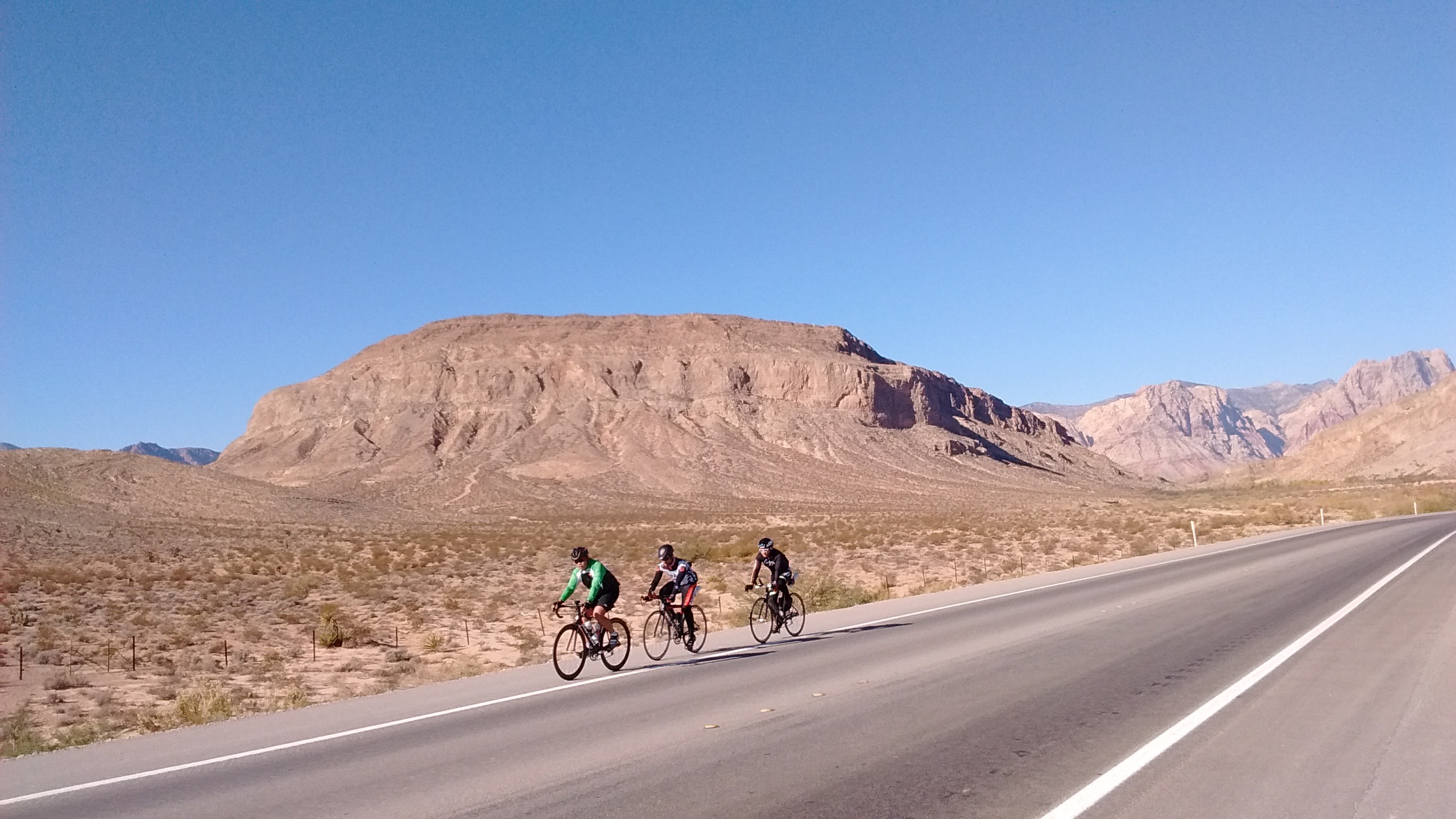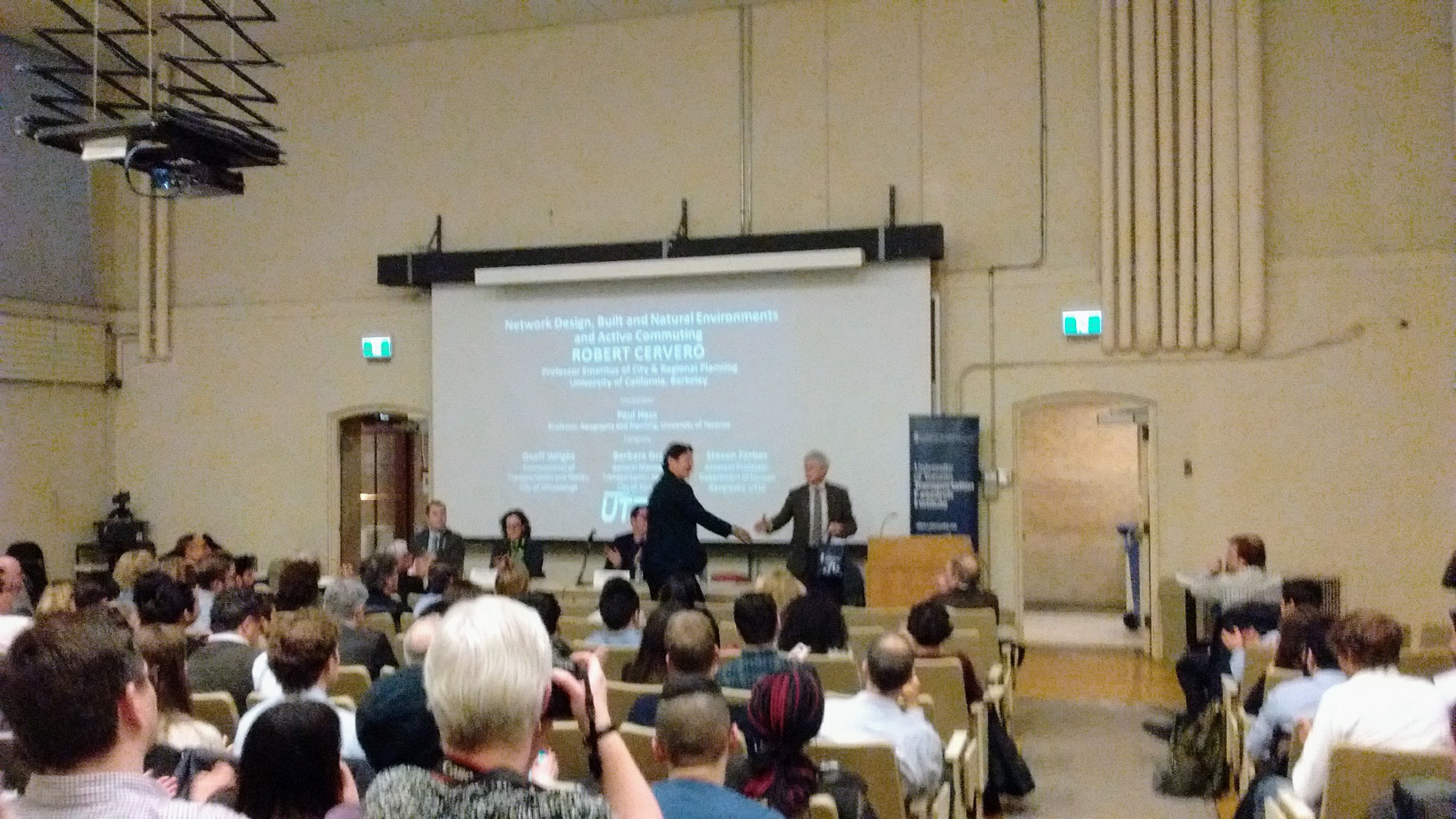I went to a lecture recently by Professor Emeritus Robert Cervero of the University of Berkeley at the University of Toronto as part of the Distinguished Lecture Series of the Department of Civil and Mineral Engineering at University of Toronto. His specialty is sustainable transportation policy and planning and his focus in the lecture was NMT – non-motorized transport.

Non-Motorized Transportation
His presentation “Network Design, Built and Natural Environments and Active Commuting” summarized his research over the past 10 years on how network designs, mixed land use patterns, amenities, and natural landscape influence active commuting, focusing on cycling but also walking and running to work. The work was drawn from empirical research he has done on this topic in the San Francisco Bay Area, Bogota Colombia and most recently, for a number of British cities.

Secure Bike Parking
On the question of why study and advocate for active transportation:
- Public health benefits
- They are the greenest, cleanest modes
- Livability = walkability. Walkscore = land price/rent premium
- Builds social capital
His conclusion was that walking and biking were, if not caused by, certainly most strongly correlated with intersection and street density. In other words, urban design.

Professor Robert Cervero being thanked by Professor Eric Miller
All the trends in the past few decades have been breaking the self-reinforcing cycle of car dependency and urban form. But …
One interesting footnote was on autonomous vehicles which he suggested could increase vehicle kilometres/miles (VKT or VMT) travelled. This was based on self-driving cars:
- Decreasing the generalized cost of travel
- Increasing the productivity of people during travel
- Decreasing congestion
- Increased mobility for young and old
- Decrease in crashes also decrease congestion
All of these factors could increase VKT/VMT by 15-18%. So, while decreasing VKT/VMT is a great predictor better air quality, safety, and of quality of life, this appears to be about to change. Whether this is because the relationship between VKT/VMT and quality of life is about to change or whether autonomous vehicles will lower our quality of life he did not say.
0 Comments